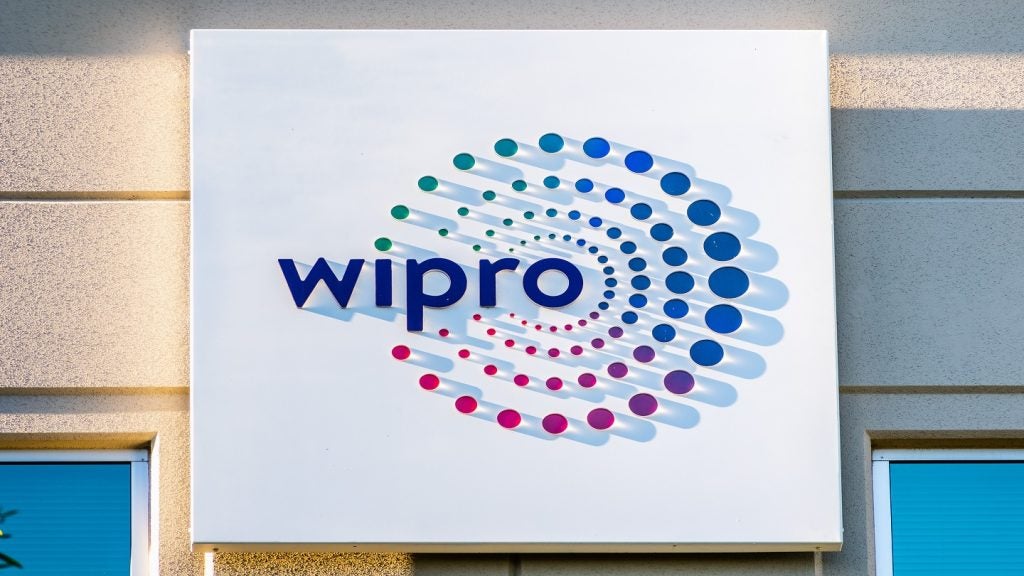Activity by technology start-ups with core insurance expertise (i.e. InsurTechs) has spiked since 2015, despite not reaching the magnitude compared to Fintech. However, GlobalData Technology anticipates venture capital investment from at least one-third of the property and casualty and health insurance sector in InsurTechs during 2017.
Attracted by the breadth of potential, InsurTechs are flocking to the insurance sector in droves, supported by initiatives across global network accelerators such as Startupbootcamp in London, the Global Insurance Accelerator in the US, and Mundi Lab in Madrid.
Many InsurTechs’ innovation is centered on the domain of customer engagement, the acceleration of Go-to-Market (GTM) strategies and enhanced service offerings, which address one of the weakest operational areas among many incumbent insurers.
Digital first strategy
Incumbent insurers now realize the imperative nature to deploy a ‘digital first’ strategy, equally appreciating their inability to embark solo on accelerated programmes that will realize meaningful results.
Therefore, they have been directing significant amounts of liquidity into creating their own investment portfolios.
Conceding their competitive threat as disruptors, carriers in a position to do so will absorb them and bring them on-side via direct investment.
From the perspective of incumbents, engaging with InsurTechs Venture Capital community is tactical, illustrating the shift from being close-minded to ensuring a more open model. Hence, InsurTechs can set ablaze digital innovation trails for incumbents.
On the InsurTechs side, given the regulatory complexity and capital requirement, few InsurTechs become risk carriers.
The option of being buffered by a larger incumbents to mitigate risk, secure future funding and extend their customer reach are appealing, and has compelling attractions for InsurTechs to waiver towards venture capitalists.
So where are the insurance legacy technology vendors? It appears that not only the incumbent insurers are being disrupted by the breakout of InsurTechs.
Threat to legacy tech vendors
Legacy tech vendors are also threatened as incumbents keen in using start-ups to replace creaky systems embrace new and digital technology.
Legacy tech vendors are sluggish in the adoption of open source architecture that leads to the rise of InsurTechs filling the gap, developing customized digital platforms, mobile applications and offering advanced data analytics.
Responding to the pressure of InsurTechs, consolidation activities are strategic alternatives for survival. A common scenario is core systems vendors forging merger and acquisitions with customer engagement and analytics start-ups. A notable example is the acquisition of EagleEye by Guidewire in 2016.
For all the latest insight, news and data on the global life and health insurance and reinsurance markets, visit www.lifeinsuranceinternational.com








